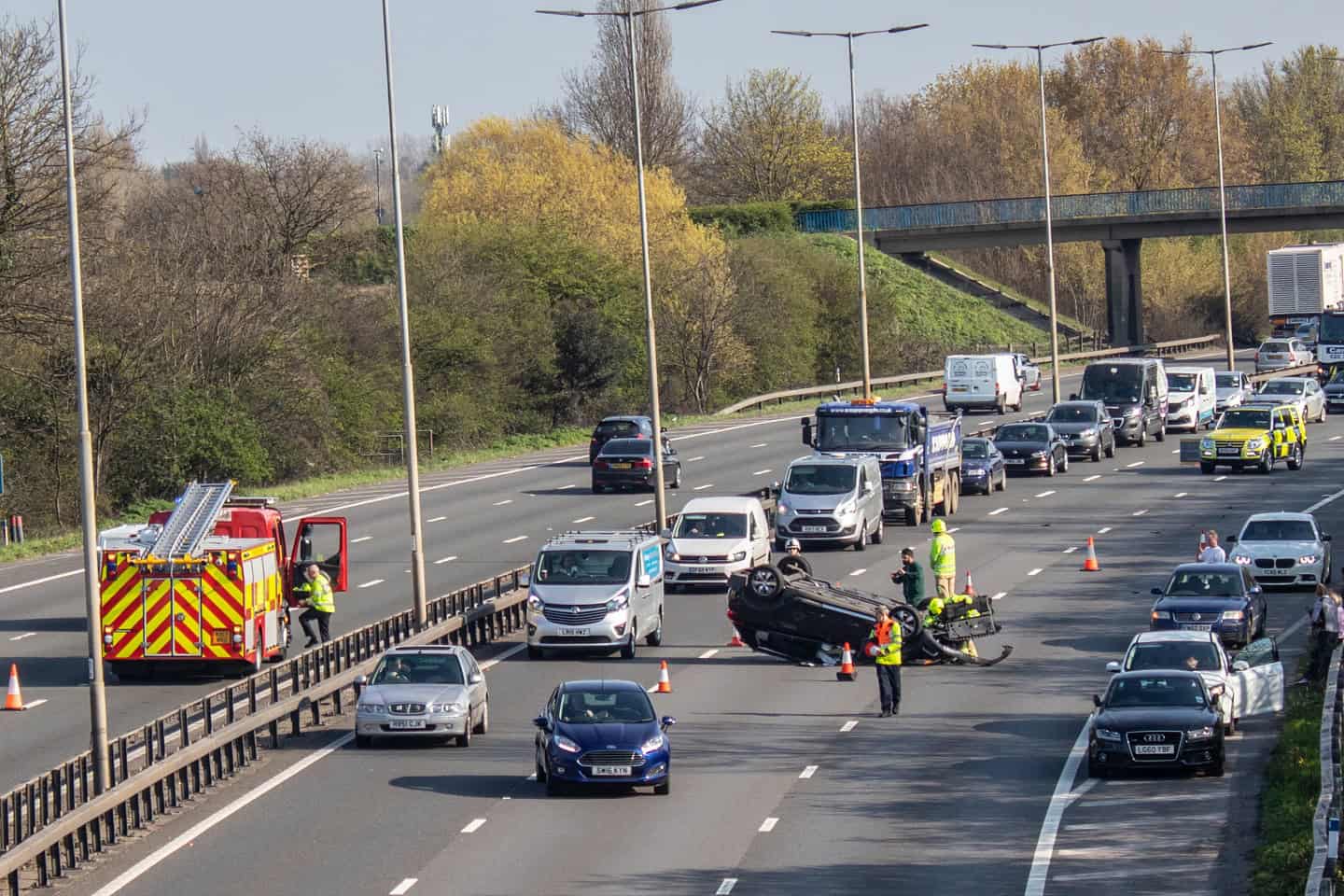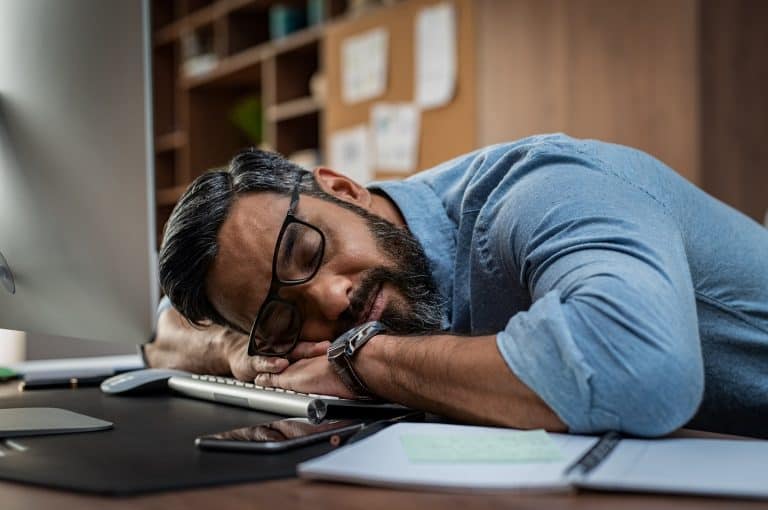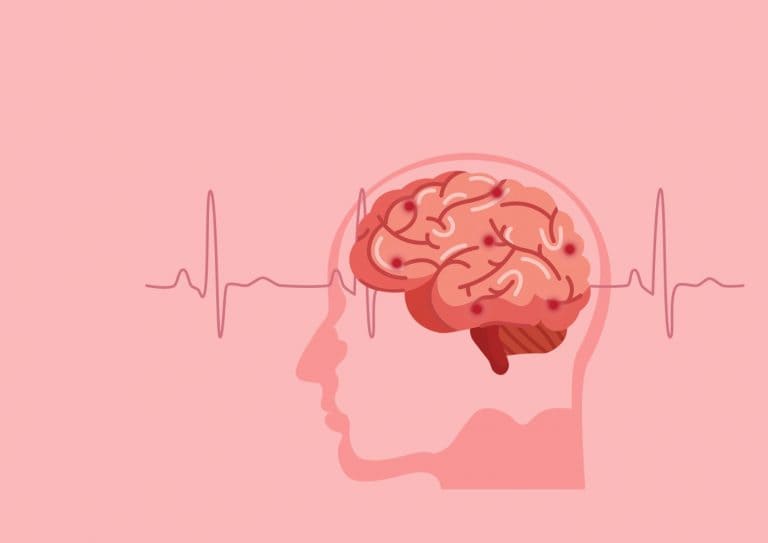
Police Collision Reports – Not the “Be-all and End-all” for Personal Injury Claims!
Police collision reports are a tool in the toolbox; useful in the hands of an appropriate personal injury specialist, who also appreciates their many other litigation tools!
Why is this important?
Because some road users who are unfortunate enough to be involved in collisions, which result in personal injury, incorrectly assume they cannot pursue a legal claim if:
- There is no Police collision report;
- There is an unsupportive, or neutral Police collision report; or
- The Police mark the incident as requiring “NFA” (no further action).
Whilst Police collision reports can sometimes be invaluable, on other occasions, as the title of this blog suggests, they are quite simply not the be-all and end-all.
As a claimant personal injury lawyer (the lawyer representing the injured victim of someone’s negligence) we would of course be absolutely thrilled to receive a copy of a supportive collision report, which apportions all blame on the defendant (the negligent party).
However this does not always happen and yet the corresponding personal injury claim, under civil law, is still successful. I have personally won multiple road traffic collision claims without an outwardly supportive collision report.
As alluded to above, this is because collision reports are only one of the tools in a successful litigator’s tool box. There are many other things to consider, for example:
- Your client’s version of events
- Independent eye witness accounts
- CCTV evidence
- Expert opinion from a collision/accident reconstruction specialist
- Consideration of the relevant and applicable civil (rather than criminal) laws
- Critical analysis of witness evidence, as noted in the collision report
- Critical analysis of the Police Officers conclusions within the collision report
This is not a “dig” at Police Officers who write these reports, or lay witnesses who provide input for it. It is simply the reality of road traffic collision cases. There is more than one way to skin a cat (please do not skin cats).
There are many underlying relevant issues arising from the above list, each of which could be discussed at length. However this is a blog, not a thesis, so I am trying to keep it simple and punchy. Some initial comments as follows:
- The Police Service are under tight pressure in terms of their time and resources, they must prioritise accordingly.
If we take on someone’s personal injury claim it means we have deemed there is a strong likelihood we can and will win it because we work on a “no win, no fee” basis, i.e. if we lose the claim we do net get paid. It therefore goes without saying, we must put in the extensive ground work to protect our own interests as well as our clients!
This means turning over every rock to ensure we win; such us conducting witness appeals, instructing the very best collision experts and seeking out missed/additional evidence such as CCTV footage/DVLA records.
One of the highlights of my career to date is sending out a witness appeal letter to hundreds of local residents, regarding a collision that had occurred over a decade beforehand and where the un-redacted Police records had long since been destroyed and a witness came forward to assist. This witness later gave evidence at the liability trial which we won.
Best. Feeing. Ever!
- We as lawyers are the experts when it comes to understanding and applying the relevant civil laws to claims. Personal injury claims are civil law claims.
Causing injury by careless or dangerous driving is a criminal offence, but when we act for the injured victim of that crime, in order to get them compensation, we are dealing with the civil law of negligence. Additionally, even in the absence of a criminal offence there may still be negligence. The two are not mutually exclusive.
Police Officers are not trained in the legal field of negligence. The same way I am not trained in maintaining law and order! They are two very different law related roles.
For a start there are different applicable legal tests, one of these being the different standard of proof. A standard of proof refers to the duty to prove your case, in order to be successful. The standard of proof in civil claims is lower than in criminal cases. In order for us to win our clients’ civil cases, we have to be confident we can prove negligence on “the balance of probabilities”. For criminal prosecutions, the Crown must prove someone committed a crime “beyond reasonable doubt”.
So pertinently if, as the legal experts, we feel we can meet this standard of proof using the various and multiple tools in our toolbox, we will not simply decide the lack of a supportive collision report will stop us taking on the case because that one tool is missing.
A second extremely relevant legal point is “blameworthiness” and the ability to successfully bring a personal injury claim, despite possible contributory negligence of the injured party. Who is to blame for a collision is not always black and white.
Someone does not have to be 100% faultless to be a victim of negligence. For a more detailed discussion on this, please see my previous blog “The personal injury Blame Game – Contributory Negligence”.
Put simply, you can be partially to blame for a road traffic incident and still successfully win a personal injury claim. So if a Police collision report says “NFA”, because they concluded it was an accident whereby both parties held some blame, it does not mean there is no possible corresponding personal injury claim.
It is unsurprising therefore some people decide not to contact lawyers to discuss a possible personal Injury claim, if they are left feeling it was “just an accident” they were also responsible for.
- Critically reviewing CCTV evidence as an expert in civil law can lead you to draw different conclusions regarding blameworthiness.
I recently won a case where the Police report had blamed my pedestrian client for the road traffic collision they were injured in and so it was deemed NFA was required.
Upon extensively reviewing the CCTV evidence, I was able to see my client certainly did bear a large part of the responsibility, but so did the person who hit them with their vehicle. I was able to conclude and argue the road user was travelling too fast for the prevailing conditions and ought to have anticipated the type of pedestrian movement my client displayed.
My client was left with life changing head injuries and it was only right they obtained some compensation to help their recovery. The compensation they received was of course lower than what it would have been if they had been completely blameless. It is important we can apportion blame in this way for this very reason. It is fair, just and necessary.
Equally, it was fair and just the road user was not charged with a criminal offence. A perfect example of how distinct these legal issues can be.
- Lay witnesses are not always able to accurately comment on collisions and blameworthiness.
Of course it is important to speak to anyone who witnesses collisions and note down their version of events, hence the Police do exactly this. But it must be born in mind human error is present and occasionally rife.
CCTV footage and expert evidence can conflict the witness evidence. If there are multiple witnesses, more often than not their respective accounts differ to some degree and occasionally significantly. One witness may say a car was travelling at 30mph, another 40mph and another 50mph. This is why expert evidence is needed in the absence of clear CCTV footage/consistent and reliable eye witness evidence. Sometimes expert evidence is needed even with both of those things!
Also, some witnesses have inherent prejudices that may influence their views. Such as instantly and incorrectly blaming motorcyclists, because they do not like motorbikes. Or blaming young or old drivers, as against a driver in the 30-50 age range, on the basis of lack of experience/decline in standard of driving. Not forgetting the more sinister prejudices not related to incident circumstances, such as racism and sexism.
Collisions occur in a matter of seconds. Everything happens very fast and often in the corner of people’s eyes, who were otherwise doing something else (day dreaming, listening to music, talking on the phone, looking at something else and so on and so forth).
It is tricky stuff and so again, the witness evidence in collision reports has to be critically analysed/explored further for the purposes of any civil claim. Wherever possible, we follow up with Police witnesses to take further statements and test their evidence.
- Sometimes we deem it necessary to interview the Police Officers who attended the collision scene to further explore issues.
This is another useful tool, as they can often shed further and important light thanks to their involvement and expertise. We can couple their knowledge, memories and notes with our legal expertise for the benefit of the civil claim.
Two personal examples that immediately spring to my mind are:
- As a young newly qualified solicitor I somewhat nervously went to interview the Police Officer who had drafted the collision report on one of my cases, to seek clarification and further information from them
Their help was pivotal to the claim. They were able to provide extensive knowledge on the location area generally, including collision stats, local problem areas, as well as further details regarding the incident in question which were not detailed in the collision report.
I was able to use their input to bolster my argument the crossing in question was not the cause of the incident, rather it was solely the fault of the lorry driver who negligently hit my client who was riding his bicycle.
- Contacting a Police Officer involved in the wider collision investigation, which informed the content of the collision report, to see if they would be willing to provide a witness statement detailing the nature and extent of their investigation. Including the collation of witness evidence, which was unfortunately limited in terms of independent eye witness account.
They remembered the incident aftermath well, given how catastrophic and upsetting it was for them and were able to shed important light on the investigation that ensued and the limitations they faced at the time.
This Officer later appeared in court to give evidence in line with their witness statement. The claim was won and liability against an untraced defendant was established, despite the collision report’s contents being very limited and no CCTV evidence being available.
The above are just some examples of a long list of important issues and considerations. The take away point being what I said at the start of this blog:
Collision reports can be extremely useful, but they are not the be-all and end-all.
If you have been injured in a road traffic collision accident you should seek legal advice, regardless of what you were told by Police Officers or because of what was put in the collision report.
It may transpire you do not have a civil claim, but until you ask the experts you will not know for sure.
No Police Officer, unless they were a personal injury lawyer before changing career, can say whether or not you have a viable personal injury claim.
If someone burgles your house call the Police. If you are injured in a road traffic collision and want to find out if you have a viable personal injury claim, contact us.
Simple!










